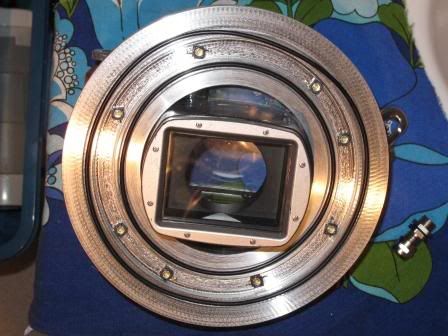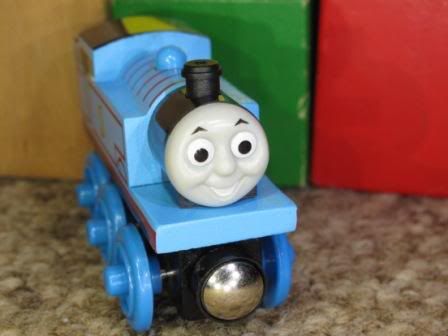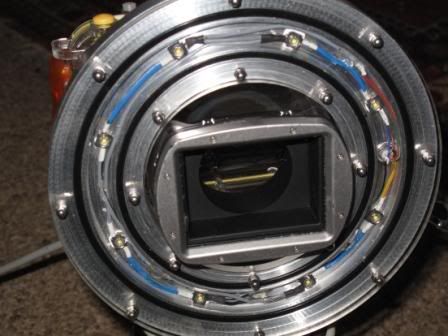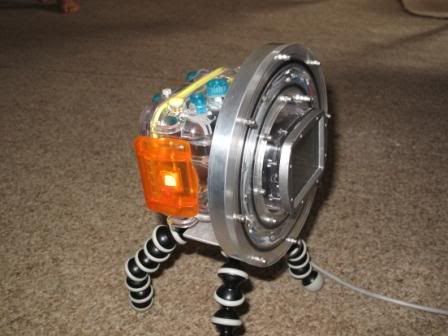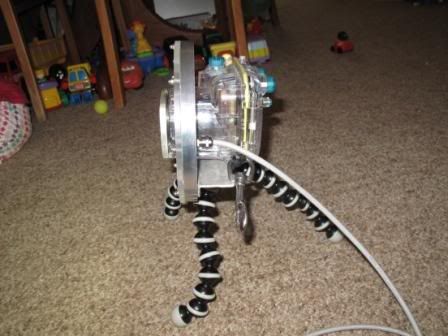Packhorse
Contributor
I have a G10 with canon case and have problems with flash shadows with close up macro shots. I can get around this by moving away from the subject and zooming in but its not perfect.
So I have been working on a project. Its a LED based light ring that goes around the cameras lens. This should work realy well at eliminating shadows. Perhaps it will work too well.
By illuminating all around the lens there will be no chance of shadows at all. How important is shadowing on macro shots? Will they end up looking too 2 dimensional?
Would I be better off having the LEDs on the top half of the ring and none at the bottom?
Thoughts?
So I have been working on a project. Its a LED based light ring that goes around the cameras lens. This should work realy well at eliminating shadows. Perhaps it will work too well.
By illuminating all around the lens there will be no chance of shadows at all. How important is shadowing on macro shots? Will they end up looking too 2 dimensional?
Would I be better off having the LEDs on the top half of the ring and none at the bottom?
Thoughts?




 ) Might be a problem esthetically for some but shadows themselves are kinda like nitrogen bubbles, fewer = better. Your idea could certainly reduce shadows but that may not be the major concern.
) Might be a problem esthetically for some but shadows themselves are kinda like nitrogen bubbles, fewer = better. Your idea could certainly reduce shadows but that may not be the major concern.